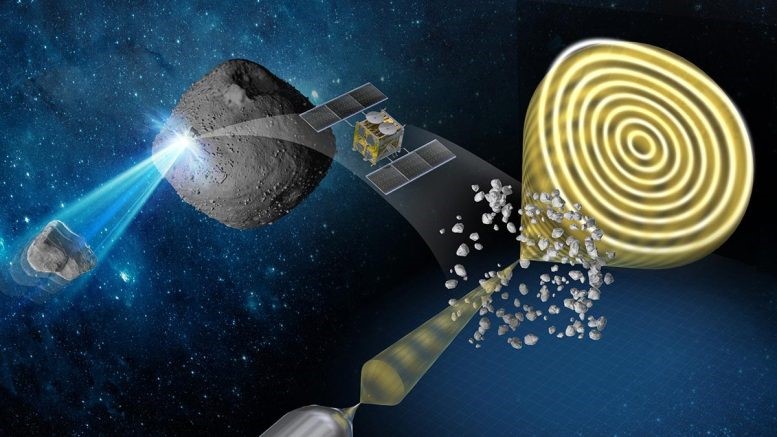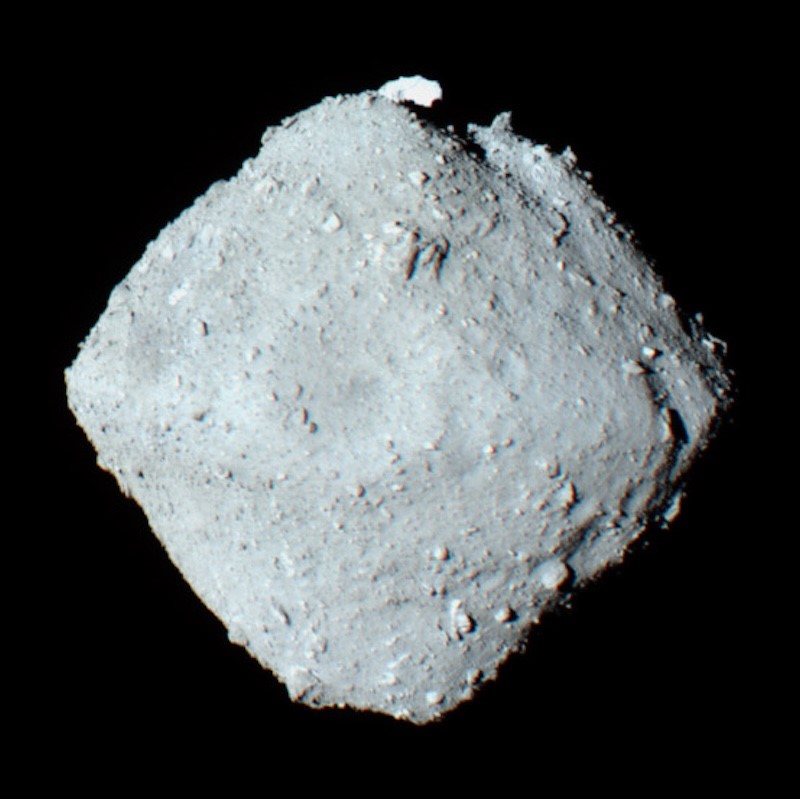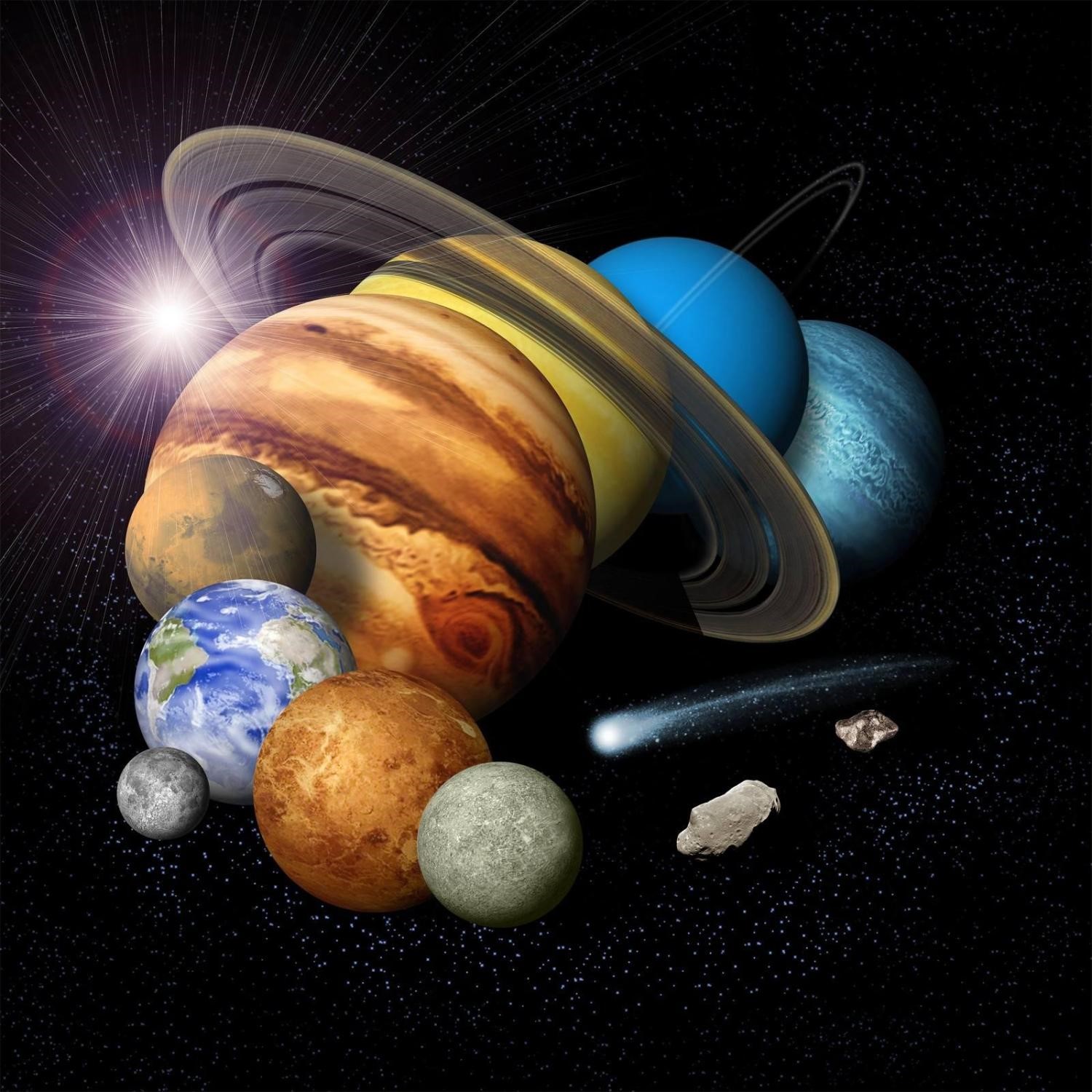The Search for Ancient Magnetic Fields
When we think about the formation of the solar system, our minds often turn to the birth of the Sun and the planets. But what about the invisible forces that shaped the formation of these celestial bodies? One such force is magnetic fields, which, though invisible, have played a crucial role in molding the environment in which the Sun and planets came to life. Understanding ancient magnetic fields is key to unlocking the mysteries of the early solar system, and the study of asteroid grains, like those collected by the Hayabusa2 mission, is shedding new light on this complex topic.
Magnetic Fields and the Birth of the Solar System
Around 4.6 billion years ago, the solar system began to take shape within a swirling disk of gas and dust. At the center of this disk, the Sun formed, while the leftover material coalesced into planets, moons, and other bodies, including asteroids. Scientists have long known that a magnetic field likely influenced the formation of the inner planets, including Earth. But what about the outer reaches of the solar system, far beyond the orbit of Jupiter?

Figure 1. Ryugu Asteroid Samples Reveal Insights into Space Weathering and Magnetism
Magnetic fields are generated by the motion of electrically charged particles, and in the early solar system, these fields were likely created by interactions between the Sun and the surrounding nebula—a vast, ionized cloud of gas and dust. This magnetic field would have threaded through the solar nebula, shaping the way matter accumulated and eventually forming the solar system’s various bodies. Figure 1 shows Ryugu Asteroid Samples Reveal Insights into Space Weathering and Magnetism.
However, scientists were uncertain about how far the influence of this magnetic field stretched. Did it extend beyond the asteroid belt, into the more distant regions of the outer solar system, where the gas giants like Jupiter and Saturn reside? Or was the magnetic influence limited to the inner solar system, where the terrestrial planets—including Earth—formed?
The Hayabusa2 Mission: A Window into the Outer Solar System
The Hayabusa2 mission, which returned samples from the asteroid Ryugu in 2020, provided a unique opportunity to answer this question. Ryugu, a carbon-rich asteroid located in the outer solar system, formed beyond 7 astronomical units (AU) from the Sun, far from the intense heat that would have influenced the inner planets. By studying the grains of Ryugu’s surface, scientists hoped to uncover clues about the presence of magnetic fields in the distant reaches of the solar system.
Using a technique known as magnetometry, scientists analyzed the Ryugu samples for signs of any preserved magnetic field. They found that the grains showed no clear evidence of a strong magnetic field, but they did discover subtle indications of a very weak magnetic influence. This led to an exciting conclusion: the outer solar system, beyond 7 AU, likely experienced a weak magnetic field that played a role in the formation of asteroids and even influenced the early stages of planet formation in the outer solar system.
Weak Magnetic Fields: A Big Influence in a Cold, Remote Region
The discovery of this weak magnetic field is a breakthrough in our understanding of the outer solar system. While the field wasn’t as strong as the magnetic field that shaped the inner solar system (which was between 50 and 200 microtesla), it was still strong enough to influence the formation of celestial bodies in this remote region. The team’s findings suggest that this magnetic field would have been around 15 microtesla in strength—much weaker than Earth’s own magnetic field, but sufficient to help pull together gas and dust and initiate the formation of asteroids.
What’s fascinating is that, despite its weak intensity, the magnetic field in the outer solar system played an important role in shaping the building blocks of the planets, including the gas giants like Jupiter, Saturn, and Uranus. The presence of such a field in these cold, distant regions challenges previous assumptions and suggests that magnetic forces were an essential part of the formation process for planets far from the Sun.
Looking Beyond Ryugu: A New Era of Exploration
The discovery of a weak magnetic field in the outer solar system opens the door for more exploration of distant asteroids and comets.[1] In fact, scientists are already turning their attention to other asteroids, like Bennu, which was sampled by NASA’s OSIRIS-REx mission. Like Ryugu, Bennu may offer new insights into the presence of magnetic fields in the distant reaches of the solar system and help further refine our understanding of the processes that shaped the early solar system.
The search for ancient magnetic fields is far from over. With each new sample and each new discovery, we inch closer to understanding how the solar system formed, how planets and asteroids came to be, and how magnetic forces helped shape the universe we live in today. As scientists continue to probe the ancient dust of asteroids like Ryugu, they are unlocking the secrets of a time long past—and revealing the hidden forces that guided the birth of our solar system.
References:
- https://scitechdaily.com/micrometeoroid-bombardment-and-magnetic-fields-decoding-the-effects-of-interplanetary-space-on-asteroid-ryugu/
Cite this article:
Janani R (2024), Asteroid Grains Reveal Secrets of the Outer Solar System's Origins, AnaTechmaz, pp. 2





